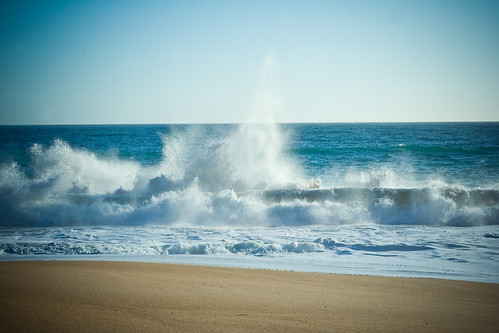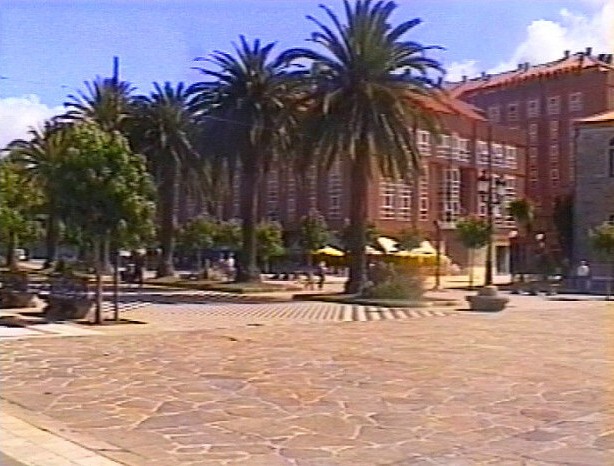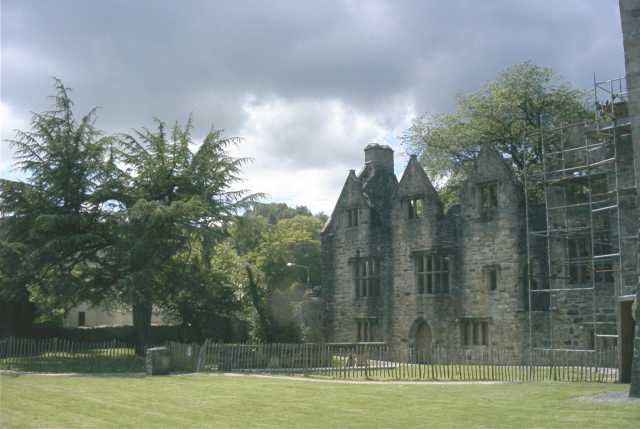




Alhaurin el Grande (Pop.2005 - 20,074) is a town located in the province of Málaga in Andalusia in southern Spain, 30 km. from the provincial capital, and at 239 meters above the sea level. It is one of the most picturesque villages in the Guadalhorce river valley. Almost all the town streets are narrow and winding which these days causes some traffic congestion.
It is situated between the river Fahala and the stream of Blas González. The coast is close by, with Fuengirola and Mijas just along a winding road round the mountain, and a new road has been built through to Marbella, to the south west. The rolling hills and wide open spaces give a feeling of space from all around the town. From Alhaurín there is a lovely view over the "Hoya de Málaga", Málaga's vale, full of lemon trees and other fruit trees, which together look like a vast carpet.
The nearby towns of Coín and Alhaurín de la Torre provide any missing services which might be needed. It has attracted many expatriate residents, the most famous of whom was Gerald Brenan.In the forested areas southeast of the village of Alhaurín el Grande, there are traces of Neolithic occupation: silent witnesses to the long history of human habitation of the area.
By the time that the Romans arrived, the tiny Iberian settlement in the Sierra de Mijas was already well established, but if it had a name the Romans chose not to record it. Instead they gave it one of their own. The village became Lauro Nova. It was a spot apparently blessed by the gods: fertile, temperate, and surrounded by hills riddled with valuable mineral deposits. Roman villas popped up around the centre of the village and the hills are still dotted with their remains.
It was a golden age which became a little tarnished during the time of the Visigoths. The town was in no danger of disappearing, but its development was exceedingly slow. It was not until the Moors took it on and built it a fortress on a hilltop called Torres de Fahala that it began to move again. The Moors also gave it a new name: Alhaurín (Garden of Allah). Like the Romans before them, they linked the township to a second to which they gave the same name, the two now being known as Alhaurín el Grande and Alhaurín de la Torre. To the Romans they had been Lauro Nova and Lauro Vetus.
The fort was destroyed in the destructive zeal of the Reconquista, but at least the village survived. Others close by, such as Benamaquis and Fahala were not so fortunate.
Alhaurín el Grande has endured a great deal. Waves of invaders, epidemics of plague, even an earthquake in 1680. During the Peninsular War of 1808-14 it was occupied for four years by French troops and suffered considerable bombardment. Recently, there have been large-scale building projects, which are being investigated for corrupt practices. Some traces of the village's ancient past have survived. There is the 12th Century Moorish archway, the Arcos de Cobertizo, which, while not being in any way spectacular (it stands close to the church and now leads nowhere) at least represents a tangible link with the past. In the small plaza in front of the town hall, the Plaza del Ayuntamiento, are three Roman columns which were discovered close by at Fuente del Sol.
By ; Wikipedia.com
















































